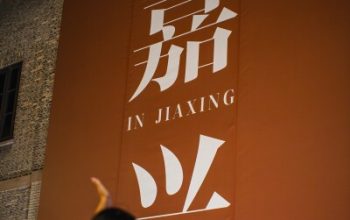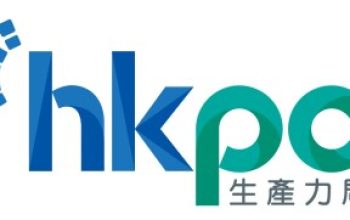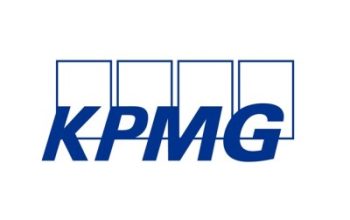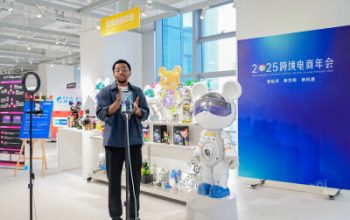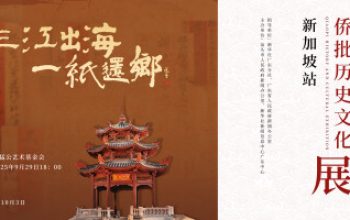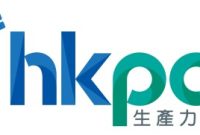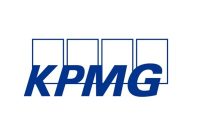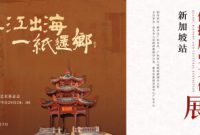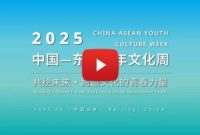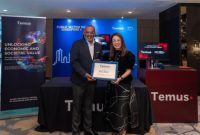JAKARTA – 21 February 2022 – Hendra Budiono, S.Pd., M.Pd, a lecturer at the Elementary School Teacher Study Programme (PGSD) at the University of Jambi (Universitas Jambi), and Facilitator of the Tanoto Foundation’s PINTAR Programme for the Early Grades has called for the utilisation of the Digital Big Book in Indonesia to improve early grade students’ reading ability. Tanoto Foundation is an independent philanthropic organisation founded by Mr. and Mrs. Sukanto Tanoto.
Hendra Budiono explains that reinforcing reading together as a teaching method to enhance the students’ reading proficiency has been quite a challenge for early grade teachers during the pandemic. Teachers and students are not possible to read a big book together in class as they usually do.
A solution for this problem that will enable the teachers to teach reading to early grade students in the current pandemic situation is the use of the digital big book. Digital Big Book, apart from presenting captivating pictures, also deliver stories through the teacher’s voice, replacing face-to-face communication. Of course, this will motivate the students to listen to the story as it will treat their longing for classroom interactions with their teachers.
A training programme is held for early grade elementary school teachers (group learning) to achieve this goal. The prerequisite to joining this programme is that the participants must be able to operate the Powerpoint (PPT) application.
The training includes activities as follows:
1. Analysing basic competence
The first step in creating a digital big book is analysing the basic competence embodied in the big book. The purpose of this analysis is to make sure that the story’s content is in accordance with the demands of competence set in the national curriculum so that learning objectives can be achieved.
2. Select an Interesting theme for the story
After deciding the basic competence included in the big book, the next step is to select an exciting theme for the story. In doing so, participants should also consider the grade level being taught.
3. Writing story outline
After selecting a solid topic, the participants will be asked to write a story outline and prepare a drawing plan for each big book page. At this stage, participants can write and draw the concepts on paper before applying them in the PowerPoint application.
4. Using computer/laptop as a medium for writing a big digital book.
At this stage, participants are required to use a personal computer or laptop connected to the internet. Participants can do simple research online before writing the big book, searching relevant images that enrich the story. They can also search images online during the big bookmaking process. The next step is using PowerPoint (PPT) as a design template to insert images and story text.
5. Writing the text and inserting images using PowerPoint (PPT)
Participants can start inserting the downloaded images and then save them and paste them into the template design that we have prepared. The next step is to write the story’s text at the bottom or side of each image. Do these steps until the digital Big Book is completed according to the outline.
6. Adding audio into PPT
The participant’s/teacher’s voice is added into PPT according to the text of the story made. Before recording the voice, make sure that the condition is silent enough so that the voice can be heard clearly.
In the PPT application, select insert, Audio, Record audio. Then start recording by clicking the red button. When it is done, click OK. Do these steps for all slides that have been made. You can check and listen to the recording first by clicking the dialogue box.
7. Exporting PPT presentation slides to Video
The next step is to export the presentation slides to video format. Click file, select export, select create a video, select computer and HD player, and select don’t use recorded timings and narration. Lastly, select create a video by naming the file and choosing storage location. Wait until the video export process is complete.
8. Uploading the video to a YouTube account
To make it easier for students to access the videos and start learning from them, it is advisable to upload the videos to the YouTube page. The YouTube links can be shared with students through their respective WhatsApp Group so that they can access the videos anytime and anywhere.
The digital Big Book is convenient to use. For example, to improve vocabulary mastery, teachers can mention the words on the digital big book repeatedly or ask the students to mention the words written on the digital big book. And to make it more casual, it should be done as if the teacher is talking to the students directly in the classroom.
In the voice recording process, teachers must be able to express themselves in accordance with the storyline of the digital big book, pay attention to punctuation and deliver clear intonation so that students can listen to the stories and follow the instructions.
In order to improve the reading skills, teachers can ask their students to retell the story in the big book with the same punctuation, intonation and expression. Teachers can ask their students to make a video while reading the book and send it to the WhatsApp Groups for evaluation.
To help the students understand the book’s contents, at the end of the story, the teacher can give some questions. And, of course, they can only be answered after the students completely read the digital Big Book story from start to end.
Making the powerpoint-based digital big book is quite interesting as it is proven to be a solution made by teachers in overcoming students’ low interest and motivation in reading. The digital Big Book makes it easier for students to learn reading. And, of course, it is more fun because they can also feel the presence of their teacher through the narrator’s voice.
About Tanoto Foundation
Tanoto Foundation is an independent philanthropic organization founded by Sukanto Tanoto and Tinah Bingei Tanoto based on the belief that every person should have the opportunity to realize his or her full potential. Tanoto Foundation programs stem from the belief that quality education accelerates equal opportunity. We harness the transformative strength of education to realize people’s full potential and improve lives. Tanoto Foundation focuses on making an impact in three areas: improving learning environments, future leaders development, as well as medical research and sciences.



